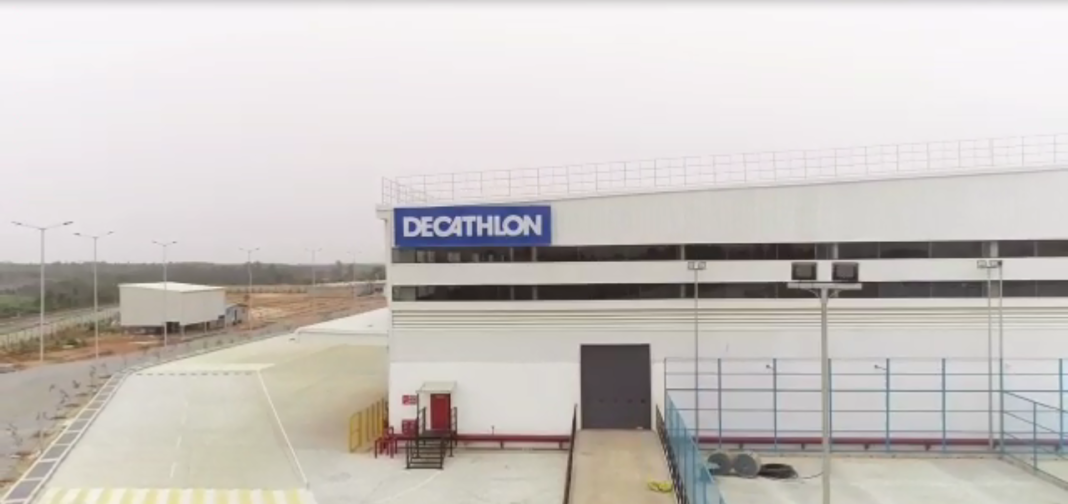Steel offers enormous flexibility and helps create structures that are aesthetically fascinating says Ar. Debmalya Guha, Managing Director, Pace Consultants
Q. What are the major advantages of using steel vis-à-vis conventional materials?
A. The conventional material is concrete, which can only take compression and not tension. So, steel reinforcement within concrete is required to take the tension part of thestructural forcesin a building. On the other hand steel can take both compression and tension in any structure.
The other advantage is dead load or self-load of steel is very less. If we must make a large span with two columns very far away and we make a concrete beam, then this beam has to be very deep so self-load of the beamitself becomes very heavy. The beam needs to be very strong to support its own weight apart from the weight of the live load above. But in case of steel, the self-load is much less. It only requires a supporting load on top of it.Thus, the cumulative effect is that overall load of the entire building vastly reduces. Now, if that reduces, the advantages go to the foundation, which then becomes lighter and cheaper.
In areas such as Kolkata, where the soil condition is not good, if we can reduce the load of the building then the foundation cost can very well economise. The number of piles can be reduced, foundation sizes can be reduced, thus saving both time and money.
Q. How structural steel can be used in an innovative manner in construction to provide design aesthetics and at the same time offer an economical solution?
A. If you look, 50 years back or even 25 years back, most architects made their drawings with T-scale, set squares and parallelograms on drawing boards. To do that all drawings used to be in a straight line, or some angles but pre-dominantly in straight lines because making a drawing in a fluid form or in a very curvilinear way was challenging.
Now, with the advent of CAD, computer-aided design software, architects have a wonderful time now, and we can very easily draw our visions which can be much more in fluid form. Now, once that is done, then the concrete becomes very difficult to use or the limitations of concrete become much more dominant. Then obviously steel has the advantage, so to sum it what I can say the flexibility of steel is the hardware that is required to support the software’s which we use and together helps us to materialize our visions in creative fluid forms.
Q. What trends are we going to witness in the next 5-7 years as far?
A. It must be looked at from different perspectives as in the building industry various factors comes into play and first among this is Computer Softwares. These softwares have enabled us to be more creative, which calls for more steel constructions.
The second factor is economy, previously it used to be much easier for us to build in concrete because that was very economical. As we used to get the local labours and workers at cheaper rates who can make the form works very easily. Buildings in concrete are very labour intensive, whereas buildings in steel are much more factory-fabricated and machined oriented, it’s less labour oriented.
Now, the socio-economic change that is coming in the country is that gradually our condition is improving, labour cost is rising, and the wages and remuneration are getting improved and standardized. So, the cost of making a concrete building is going up. This factor is slowly but steadily making steel buildings more viable.
The Third factor that must be taken into consideration is the Development infrastructure. Making a steel building requires factory setups for fabrication, suitable roads for transportation and cranes and heavy machines for final construction at the site. The overall improvement of infrastructure in the country is easing the path for more steel construction.
So, what I believe, gradually we would move more towards steel because the cost of concrete structure is going up, the infrastructure barriers that we had for constructing steel buildings are going down, and then definitely, we have the inherent advantages of steel. So a gradual but inevitable shift towards steel structures in the building industry is going to happen in the near future.
Q. What should be the strategy of industry in promoting structural steel construction in India?
A. According to me the biggest challenge faced as an Architect, are the unavailability of structural engineering teams who are conversant and confident in steel building design. As most of the building structural engineers are conversant in concrete and can-do fantastic things in concrete but are hesitant when the same structure is proposed in steel.
I had a similar experience when I designed a ship recently, since it was a ship, our very own in-house engineer, who is a very good structural engineer, was very hesitant. He came up with huge cumbersome design that was not acceptable.But finally, the client brought in a naval engineer who was more conversant in designing steel ships, they did it so lightly and elegantly.To design a steel structure we need consultants who have good steel experience.
Q. Which are the iconic steel projects, specific projects executed by you?
A.The warehouses, Factory Sheds and all such kind of structures are utilitarian structures, we made quite a few of those but they are not worth mentioning.
Only, one iconic structure that we did so far is the ship called “Auspicious”.It was an old steel oil tanker, which we transformed completely into a fascinating cruise ship. It is now poetry in steel.
We have a couple of iconic projects that we intend to do in steel. One is an extension on a heritage building, which can be done in steel only,but we need right technical assistance. Another is aNaval AircraftMuseum, for a decommissioned fighter aircraft. The design we have conceived is very suitable for steel, but the client would only get convinced if we can prove that the cost will be more economical if we did in steel.







You have remarked very interesting points! ps decent internet site.Leadership